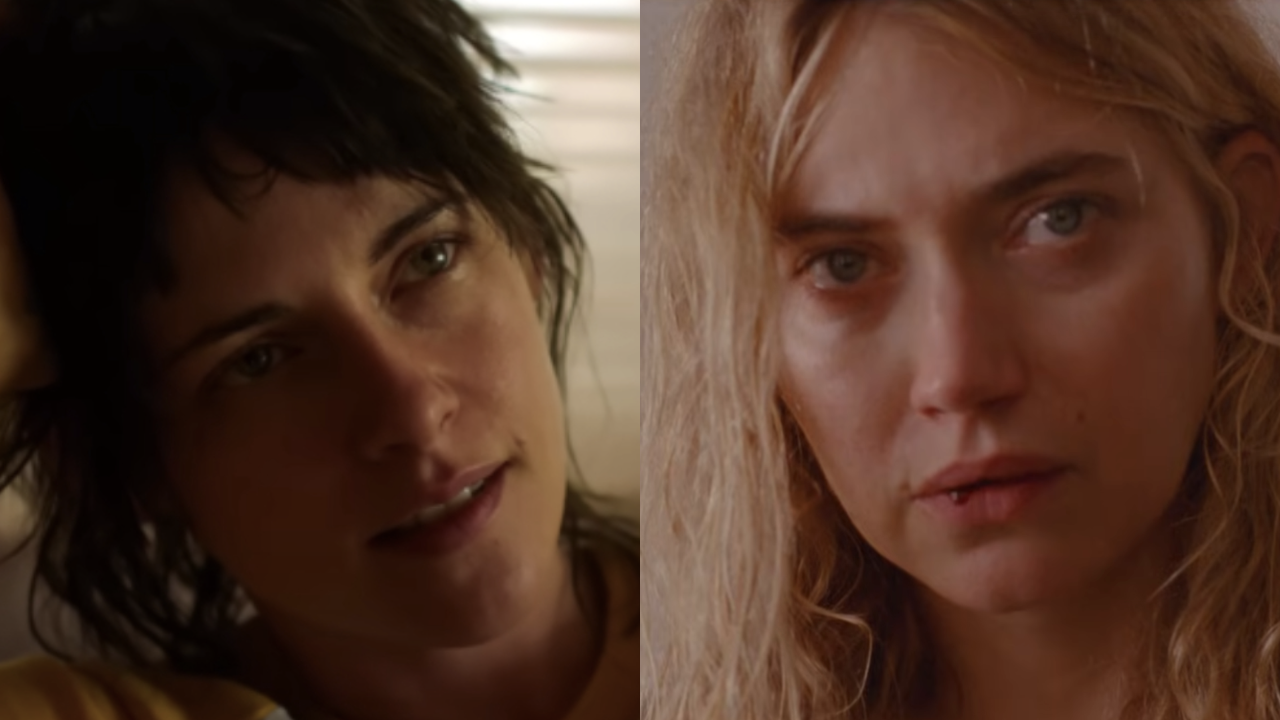Queer For Fear’s Filmmakers On The LGBTQ+ Contributions To Alfred Hitchcock’s Work
Multiple layers to the Master of Suspense.
We’re still more than a month away from the Shudder limited series Queer for Fear: The History of Queer Horror making its premiere on Thursday, September 29. And we have been rolling out some of our early coverage on the series, thanks to the fact that executive producer Bryan Fuller and celebrated director Kimberly Peirce (Boys Don’t Cry) stopped by the CinemaBlend suite at San Diego Comic-Con to open up about horror in the queer community and the reasons why LGBTQ+ respond so passionately to horror stories. As part of our conversation previewing the four-part documentary series, Fuller and his team dove deep into the classic films of Alfred Hitchcock, who will be discussed on Queer for Fear, and elaborated why the Psycho director’s filmography often encourages queer interpretations. Executive producer Steak House told us:
The thing with Hitchcock is, he worked with so many queer actors, and so many queer writers. I think, over time, I feel like half the movies of his are made by queer writers. You have Rope. You have Rebecca. You have The Birds.
Bryan Fuller then went on to add the seminal Strangers on a Train derived from Patricia Highsmith’s novel) and Jamaica Inn to the list of Alfred Hitchcock movies that the Queer for Fear team discovered were inspired by queer writers. Fuller went on to add:
These are all queer writers who were keying into something that Hitchcock was attracted to, which was his own otherness. That may not be queer sexually, but was certainly queer idealogically.
The idea of Alfred Hitchcock’s films having strong queer readings isn’t new, and dates back to the 1940s and 1950s, when the Master of Suspense was making multiple film cameos and delivering some of his most complicated and conversation-inducing masterpieces, from Rear Window and Vertigo to Shadow of a Doubt. In the analytical work Intimate Violence: Hitchcock, Sex, and Queer Theory, author David Greven digs into three specific areas that experts point to when commenting on Hitch’s interests, which include: his decision to turn Psycho lead character Norman Bates into a sensitive and sexually ambiguous Mama’s Boy; an unusual fascination (and often blatant attraction) to the villains in this movies; and finally, the director’s fascination with Cary Grant.
Now we want to dig back into Alfred Hitchcock’s vast filmography to see other places where queer interpretations of the iconic director’s approach to stories could be interpreted. We have had fun covering mysteries in movies like The Birds, and sharing that very cool story of the way that Hitchcock tried to prevent spoilers when Psycho was released in theaters. There’s also the time Anthony Hopkins played the acclaimed director in a biopic.
But for now, we will wait until Shudder drops the entirety of Queer for Fear, to see if there are other interpretations awaiting us with regards to Hitchcock’s classic works. As Fuller notes, “Cock is in the title.”
Your Daily Blend of Entertainment News

Sean O’Connell is a journalist and CinemaBlend’s Managing Editor. Having been with the site since 2011, Sean interviewed myriad directors, actors and producers, and created ReelBlend, which he proudly cohosts with Jake Hamilton and Kevin McCarthy. And he's the author of RELEASE THE SNYDER CUT, the Spider-Man history book WITH GREAT POWER, and an upcoming book about Bruce Willis.
